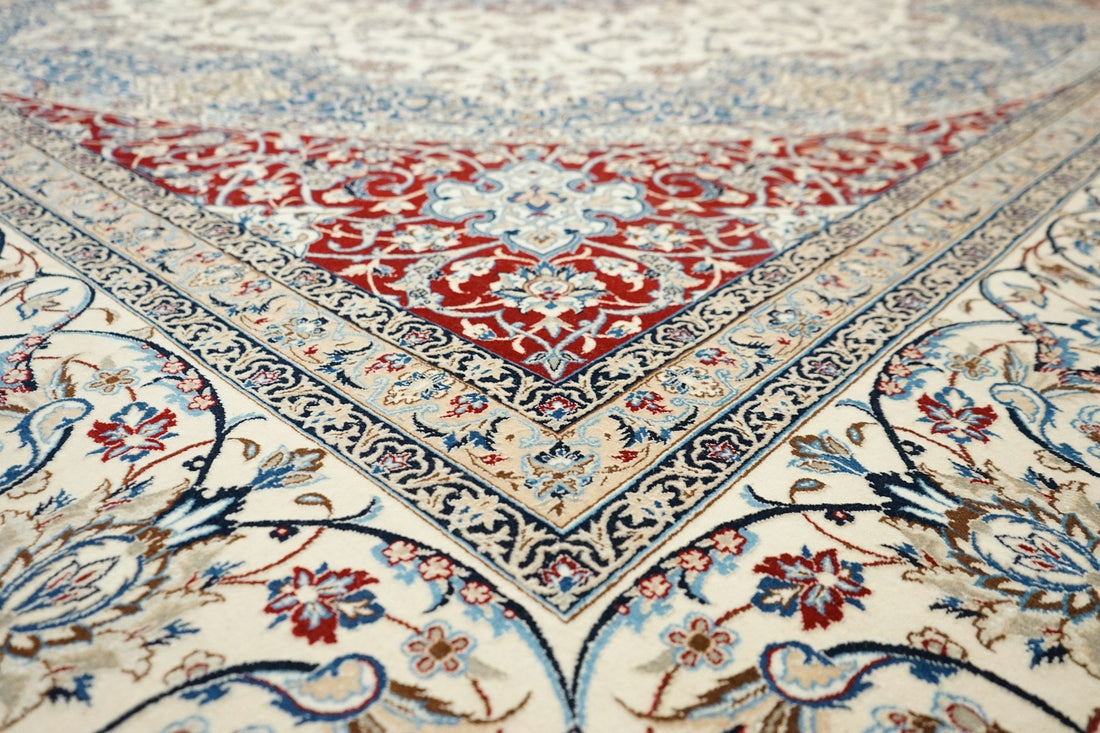Area rugs are one of those simple touches that can bring a lot of life into a home. Whether you're looking to pull a room together, add warmth underfoot, or create a cozy spot within an open floor plan, rugs make it easy. They’re easy to swap out as seasons or styles change and don’t require a full redesign to make a major impact.
In a home in Plano, where home styles range from traditional brick builds to sleek modern constructions, area rugs offer flexibility in decorating. You can use them to define open spaces or bring warmth and texture to more enclosed rooms. Each room offers a different opportunity. A rug in the living room might ground the entire seating area, while in a hallway, it might just offer character and comfort for every step. Knowing where and how to place rugs makes a huge difference in how your home looks and feels.
Living Room Rugs: Foundation and Focus
The living room is often the heart of the house, and area rugs take center stage here. They help anchor furniture, add texture underfoot, and reduce echo in large or open floor plans. In Plano homes where tile and hardwood floors are common, area rugs can make the space feel warmer and more finished.
When it comes to layout, placement depends on the size of the room and how the furniture is arranged. A large rug that sits under the front legs of the sofa and chairs creates a connected seating area. If your couch is pushed against the wall, positioning a medium rug beneath the coffee table and accent chairs can still bring the room together. Round rugs are great if you’re working with curved furniture layouts or smaller lounging spots.
In terms of design, neutral rugs work well when your furniture is colorful or patterned. But if your sofa is a calmer shade—think beige, gray, or cream—you can go with a bold or patterned rug for contrast. A rug that picks up one of the colors from your throw pillows or curtains can bring all the pieces of the room together. It doesn’t have to match—it just needs to talk to the rest of the room.
A great example is a living room with light wood floors and soft tan seating. Adding a dark green or navy rug adds contrast without being overwhelming and still keeps that relaxed, natural style going strong.
Bedroom Rugs: Softness Where It Counts
Bedrooms are your calm space—and area rugs help make them feel more peaceful and soft. Whether you’re working with a roomy primary bedroom or a compact guest space, a rug helps tone down harsh floors and brings in a cozy layer.
The most common approach is to place a larger rug under the bed that extends out on both sides and beyond the foot of the bed. If that doesn’t work for the room size, placing two narrow rugs on each side or a small runner at the foot of the bed does the job well too. Either way, it’s all about making sure your feet land on something soft and warm when you get out of bed.
When picking materials, comfort matters more here than anywhere else. Go with a medium- to high-pile rug for that plush, inviting feel. Color-wise, stick with earthy tones, muted pastels, or neutrals to create a restful space. Avoid loud patterns unless they match the rest of your bedroom style. Think about texture too—wool, cotton, or flat weaves with a soft finish work nicely without taking over the space.
You can even layer different textures. A woven base rug under a smaller, cozier one can really bring in warmth and visual interest. That little trick works especially well in guest rooms where you want comfort without going overboard.
Dining Area Rugs: Framing the Meal
In open-plan homes, it can be tricky to make the dining area stand out. A rug underneath your dining table does more than just decorate—it defines the space. Rugs in this area help ground the table setup and absorb the clatter of chairs or dishes, which is great if your flooring tends to echo.
Selecting the right size is key. You want the rug to extend past the table so that even when chairs are pulled back, their legs stay on the rug. As a general guide:
1. For rectangular tables, go with a rectangular rug that extends at least 24 inches on all sides.
2. For round tables, a round rug often works best and should also accommodate fully pulled-out chairs.
When it comes to material, think low maintenance. Dining areas are prone to dropped food or spilled drinks. Stick with flatweave or low-pile rugs that are easier to clean and resilient to wear. Patterns can also help mask the occasional stain or wear spot over time.
Look at dining room rugs as another design chance. Even if your table and chairs are simple, a striped or graphic print rug can bring energy to the space. That said, it still needs to last. Go for a rug that's going to hold up well with regular use and cleaning.
Hallways and Entryways: Make an Impression
Hallways and entryways are the first spaces people see, but they’re often left plain. The right runner or entry rug can flip that script and make these spaces feel a lot more polished—with the added bonus of warmth and noise control, especially on tiled floors.
Begin with durability. These are high-traffic zones, so rugs here have to stand up to foot traffic, water, and even dirt tracked indoors. Flatwoven or low-pile rugs are the best fit, as they clean up easily and don’t get beaten down as quickly.
For the entryway, keep it practical. A rug near the door should be tough enough to handle wet shoes and loose debris. Go with darker colors or patterned designs that can help hide the daily wear between cleanings. A good trick is to layer a smaller rug with some color over a functional base mat so it still feels welcoming but serves the purpose.
In hallways, runners are ideal. They guide the eye and add a finished touch while helping to prevent scratching or slipping. Be sure to pair them with a quality pad or grippy rug base so they don’t slide around. Try styles that complement the room's tone without making the hallway feel cluttered.
Even subtle creativity helps. A pattern can make a long hallway feel shorter or give it some energy. Just be mindful of size—leave space between the sidings and the rug edges so it looks balanced, not squished in.
Area Rugs: The Perfect Accent for Any Room
Area rugs have a way of pulling a room together. In Plano homes where layout and design can vary, they give a quick and effective way to create comfort, define spaces, or just switch up a room’s mood. You don’t have to replace furniture or repaint walls to notice a big change—sometimes just adding a rug can do the trick.
Part of what makes rugs so fun is how easy they are to play around with. Maybe you want the rug to be the focal point, or maybe you just want it to quietly support the decor already there. You can shift it from room to room depending on the time of year, or flip the whole vibe by going from a muted piece to a more energetic pop of color.
Texture, size, and style all come into play. Thick and cozy or thin and woven, colorful or neutral—there really is room to try new things. Even the same rug can look totally different in a bedroom versus a hallway depending on the lighting and feel of the space.
If you're itching to update your home without a big commitment, switching or adding a rug is a smart move. It sets the tone, adds comfort, and fills the room with visual interest. In homes across Plano, area rugs are more than just accessories—they’re tools for creating a home that feels finished and ready to enjoy.
If you’re thinking about giving your home a fresh look, explore our collection of area rugs in Plano to find the perfect style, size, and texture for any room. At RugTown, we offer options that bring comfort, personality, and function to every corner of your space.

